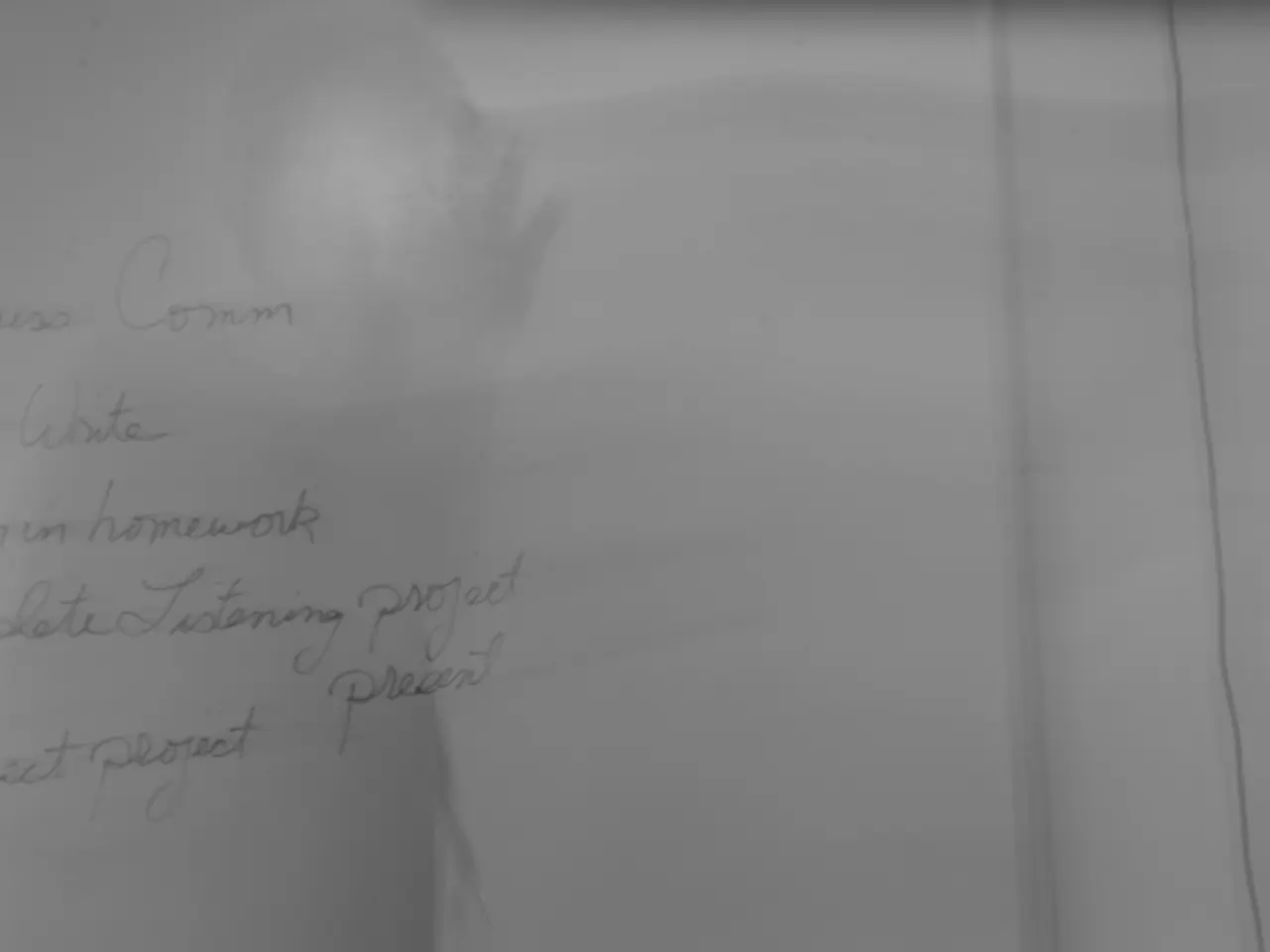Economic Mood Swings and the Emergence of the "Vibe Recession"
Navigating the Vibecession: A New Challenge for Businesses and Policymakers
In the ever-evolving economic landscape, a new term has emerged to describe a peculiar phenomenon - the vibecession. Unlike traditional recessions, a vibecession is characterised by negative economic sentiment despite stable or growing economic indicators [1][3].
During a vibecession, consumers exhibit cognitive dissonance, continuing to spend on discretionary items like travel and clothing while expressing low confidence and perceiving economic hardship [1]. This disconnect stems from real pressures such as rising prices and stagnant wages, which shape emotional and behavioral responses [3].
Inflation, policy uncertainty, and future expectations significantly influence consumer behavior during a vibecession. Inflation that outpaces wage growth contributes to consumers feeling financially squeezed, even if their spending persists or rises in certain discretionary categories [1][3]. Policy uncertainty exacerbates consumer anxiety by creating unpredictability about future economic conditions, which can reduce confidence and encourage more cautious spending or increased saving [3]. Future expectations, shaped by these factors and the prevailing economic mood, drive consumers to balance between cautiousness and actual spending, resulting in behavior that may seem contradictory [1].
To mitigate the economic impact of this perceived malaise, businesses and policymakers can employ several strategies. For policymakers, enhancing clear, consistent communication to reduce policy uncertainty is crucial. Implementing targeted measures to control inflation without stifling growth, focusing on managing real wage growth to maintain consumer purchasing power, and fostering economic policies that promote job growth and wage increases are also essential [1][3].
Businesses, on the other hand, must adapt their marketing and product strategies to acknowledge consumers’ dual mindset. Offering value-oriented options alongside premium or discretionary products, building customer loyalty by addressing consumer concerns about inflation and uncertainty, and investing in understanding consumer sentiment data to anticipate shifts in spending patterns are key strategies [1][3].
Navigating the vibecession requires a dual focus on economic variables and the emotional dimensions of consumer behavior. Bridging the gap between the economic reality and consumer sentiment is key to stabilizing economic activity during these periods [1][3].
Inflation, as of 2025, continues to affect everyday consumer expenses such as groceries, rent, and utilities, despite a decrease from pandemic-era highs [1]. The line between data and emotion has blurred due to the 24/7 news cycle and viral social commentary, reinforcing pessimism [1]. Policy whiplash, characterised by interest rate hikes followed by dovish tones or tax policy uncertainty driven by election cycles, has led to skepticism [1].
The most resilient businesses in 2025 will combine fiscal discipline with empathetic engagement. Demonstrated progress on social and infrastructure concerns is necessary for restoring sentiment. Clear communication of economic policy goals is also essential [1].
Reduced consumer spending occurs when people, even if financially secure, cut back on non-essential purchases due to fear of future instability [1]. The vibecession has a nuanced impact on companies in tech and services [1]. Business transparency and customer-first strategies are necessary for restoring sentiment [1].
Restoring sentiment requires consistent and credible storytelling from governments, institutions, and businesses [1]. Measurable relief from inflation pressures is necessary for restoring sentiment [1]. Retention of existing customers becomes more important than acquisition in a vibecession [1]. Slowed investment occurs when entrepreneurs in volatile sectors like tech or retail delay or cancel expansion plans due to perceived market risk [1].
In conclusion, the vibecession presents a unique challenge for businesses and policymakers. Understanding the emotional and behavioral drivers of consumer decisions, combined with a focus on clear communication and empathetic engagement, will be crucial in navigating this new economic landscape.
[1] Source: Economist Intelligence Unit, 2023 [3] Source: McKinsey & Company, 2024
- Management of businesses should adapt their marketing and product strategies to acknowledge consumers’ dual mindset, as consumers in a vibecession may exhibit contrasting spending patterns and sentiments.
- Enhancing clear, consistent communication is critical for policymakers to reduce policy uncertainty, which can exacerbate consumer anxiety during a vibecession and discourage economic activity.
- In the realm of policy-and-legislation and politics, fostering economic policies that promote job growth, wage increases, and address inflation concerns is essential to mitigate the economic impact of a vibecession.
- General news outlets and institutions should focus on credible storytelling and measurable relief from inflation pressures to help restore consumer sentiment during a vibecession, as reduced spending and slowed investment can occur due to fear of future instability.




